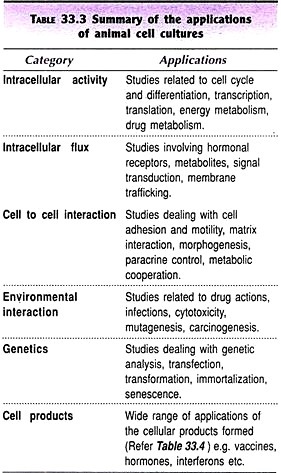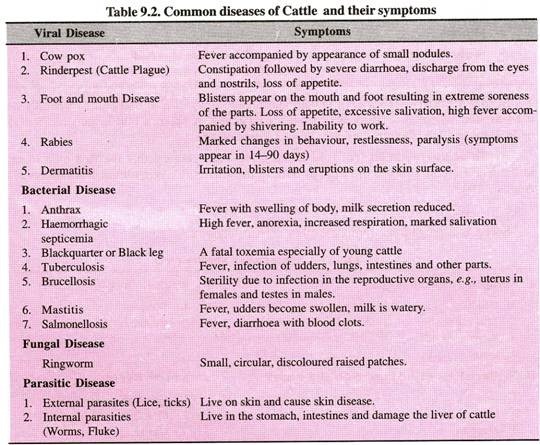Read this article to learn about Structure and Working of Human Ear.
Ears are the organs of hearing (phonoreceptors) in vertebrates but in higher vertebrates including man, it serves dual functions of hearing and equilibrium (stato-acoustic organ).
In man it is divisible into three parts:
(i) External Ear:
The external ear is formed of two parts-pinna and the external auditory meatus. Pinna is an expanded cartilaginous portion that serves to receive the sound vibrations. The muscles of the pinna are vestigeal and thus man unable to move his pinna unlike some other animals. Pinna leads to an ear hole, or external auditory meatus which forms the canal leading to the tympanum or ear drum (Fig 1.28). Hairs and waxy secretions within the canal prevent the entry of dust particles and small insects. It has ceruminous glands which secrete ear wax.
(ii) Middle Ear:
From the tympanum starts the middle ear. The middle ear consists of an air-filled tympanic cavity and a eustachian tube that connects tympanic cavity with the pharynx (Fig. 1.29). The eustachian tube normally remains closed, but opens during swallowing or yawning to equalise air pressure on both sides of the tympanum.
The inner side of the middle ear has two windows leading into the internal ear, they are fenestra ovalis or fenestra vestibuli (oval window) and a fenstra rotunda or fenestra tympani (round window) both are closed by membranes. Extending from the tympanum to the fenestra ovalis is a chain of three bones or ear ossicles, they are hammer shaped malleus, and anvil shaped incus and stirrup-shaped stapes. They help in the transmission of vibrations from tympanum to the internal ear and also increase the force of vibrations by approximately ten times.
(iii) Internal Ear:
It consists of a complicated structure called membranous labyrinth which is enclosed in an ivory-like periotic bone to form a bony labyrinth. The space between the bony and membranous labyrinth is filled with a lymph-like colourless fluid called as perilymph.
The membranous labyrinth consists of two parts:
(i) The vestibule and
(ii) The cochlea (Fig. 1.30).
The vestibule consists of three semicircular canals and two small sacs (utriculus and sacculus) the latter two sacs are joined by a sacculo-utricular canal. From the utriculus three semicircular canals—two vertical (anterior and posterior) and one horizontal (external) canals arise. Each canal at its lower end is provided with an ampulla (Fig. 1.30). The membranous labyrinth is filled with a fluid called endolymph, which contains microscopic, calcareous particles called otoliths.
Tire cochlea part is associated with hearing. The word cochlea means ‘Snail’. It is a bony tube about 23-30 mm in length. It arises from sacculus and is spirally coiled (takes 2 ¾ turns in man and 2 ½ turns in rabbit) around a cone of bone called central pillar of mediolus. The cavity of cochlea is internally divided into three chambers—scala vestibuli (or vestibular canal), scala media (middle canal) and scala tympani (or tympanic canal) by means of two membranes; Reissner’s membrane and basilar membrane.
The Reissner’s membrane lies between scala vestibuli and scala media and the basilar membrane separates the scala media from scale tympani; it is a complex structure and bears organs of corti which is connected with the fibres of the auditory nerve (Fig. 1.31 and 1.32).
The organ of corti is the organ of hearing.
It is composed of following types of cells:
(a) Rods of Corti
(b) Hair cells
(c) Sub tentacular cells of Deiter
(d) Tectorial membrane.
Scala vestibule and scala tympani communicate with each other by means of a narrow canal called as helicotrema.
Working of the Ear:
(i) Ear as a Hearing Organ:
The sound waves from the external environment pass to the external ear or pinna. The waves which are in between 16,000 hertz to 30,000 hertz can produce sensation of sound. These sound waves travel via external auditory meatus and cause tympanic membrane to vibrate.
The vibrations of tympanic membrane are conveyed through the chain of ear ossicles to the membrane over fenestra ovalis to which stapes is attached. From here the vibrations passed on to the perilymph present inside the scala vestibuli (upper chamber) which gradually move towards helicotrema (apex of the cochlear tube) and then transmitted into the scala tympani (lower chamber) (Fig. 1.33).
The vibrations in the perilymph of scala tympani finally exhaust themselves in the fenestra rotunda. The vibration pressure in perilymph in scala vestibuli and scala tympani causes Reissner’s membrane and Basilar membrane to vibrate and passed into the endolymph of scala media (as helicotrema is a small aperture it does not allow the vibrations to pass from upper to lower chamber quickly that results in increase of vibration pressure in perilymph of the two chambers).
The vibrations in the endolymph cause distortion or bending and stretching of sensory hair cells of organ of corti and taken away by nerve fibres of auditory nerve to brain where it is interpreted as sound. In man where hearing has its highest development the sense of hearing can differentiate three characteristics of sound such as pitch, loudness and timbre (quality of a sound).
(ii) Ear as a Balancing Organ:
The three semicircular canals along with their ampullae, utriculus and sacculus together constitute the balancing organ. These parts are filled with a fluid known as endolymph and contain calcareous particles or otoliths.
The sensory hairs from the internal lining project into the endolymph. When the animal changes its position, otoliths also move and they touch the sensory hairs. From the sensory hairs the stimulus is then carried to the sensory cells and to the auditory nerve. The latter passes the stimuli to brain.
From the brain necessary instructions are then sent to different organs through the motor neuron so that the animal keeps its balance. However, the macula in utriculus is chiefly concerned with the change in the posture of the animal.





